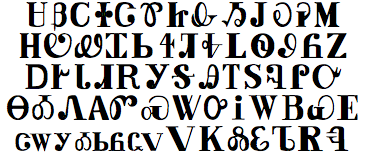I wrote a program to blend Flickr images which share the same tags. No human is involved in choosing, positioning, or blending the images.
This is partially inspired by the work of Jason Salavon.
This is a revised version. The first is here.
50 people see the sunset by Neil

50 people see a flower by Neil

50 people see an eye by Neil

50 people see a mountain by Neil

50 people see soup by Neil

50 people see their own shadow by Neil

50 people see the beach by Neil

50 people experience the seasons by Neil

50 people see sadness and happiness by Neil

50 people see a candle by Neil

50 people see The Gates by Neil

50 people see the Eiffel Tower by Neil







